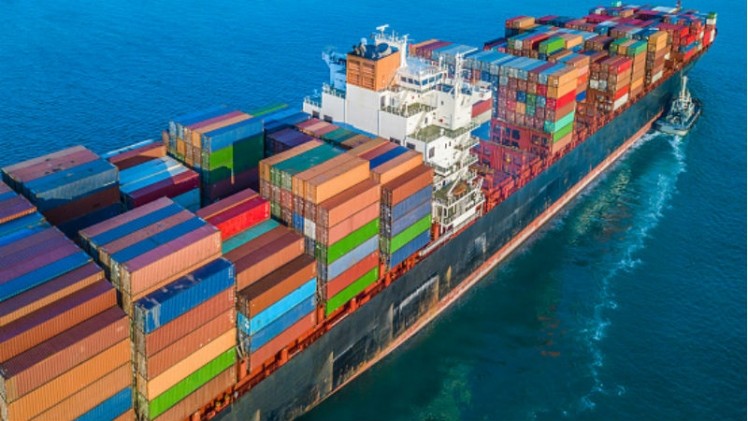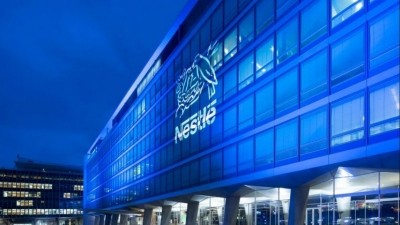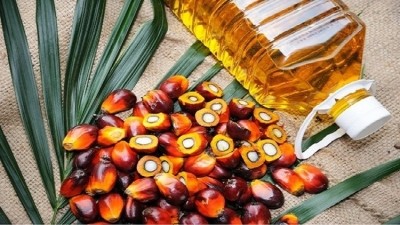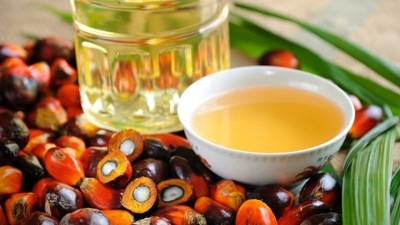Post-COVID-19 export challenges: Freight and marketing the biggest hurdles for food firms exporting into ASEAN

The South East Asian market is viewed as an important export target by food industries in many countries, not just due to the large population present but also the immense development potential and rising middle class in the region. According to the ASEAN Statistical Yearbook 2020, as of 2019 the bloc’s total trade in goods was valued at some US$2.8bn, with about US$2.2bn of this attributed to extra-ASEAN trade.
But with the onset of the COVID-19 pandemic, many challenges have beset the food industry and according to ASEAN Food & Drink Exporters Forum Chairman Cameron Gordon, two of the most major challenges facing food firms exporting into ASEAN today have emerged as freight cost issues and marketing barriers.
This was based on insights from the forum, which was established amidst COVID-19 to bring together high-level executives of established F&B brands with major interests in the ASEAN region together with ASEAN-based importers and distributors for closed discussions about trade issues and strategies.
“We’ve seen that freight costs are a really big challenge of course - ever since the pandemic hit this has added a lot of costs for all exporting companies,” Gordon told FoodNavigator-Asia.
“Obviously retailers are not willing to change the pricing of products as this would in turn affect consumer purchasing, so thus far is has really been the distributors and brands who have had to absorb these. So this is a very big area of concern for companies, and we are discussing strategies to manage these increased freight costs to ASEAN markets, [though there are still too many uncertainties] at the moment.
“Another major issue that many are facing on the ground is that marketing products has gotten much, much more challenging with the advent of lockdowns and people staying home – before, all brands would just pour as much money as they could into tastings and samplings, and those were the areas that brought in a lot of new customers.
“Now all of these things cannot be done and there has been an urgent need to divert resources to digital marketing strategies instead, but things are still difficult what with not being able to travel to meet distributors or attend trade shows and brands have found it difficult to not only engage and enter new markets but also to maintain visibility on existing ones.”
Be practical and be realistic
Under these circumstances, Gordon cautioned brands to pay ever more attention to distributor selection as this part of the supply chain has become ever more important in order for a brand to achieve local success.
“Whether you’re a UK, Australian or New Zealand brand, you need to go in with your eyes wide open and take the time to fully understand the unique characteristics of each market – this includes understanding the category, the other major players, the on-shelf pricing, the supply chain, the retailers and more,” he said.
“Without this understanding, no brand is going to be able to negotiate a good deal to enter any market, and worse yet is if a brand is rushing to enter a market and just picks a distributor without engaging the market and checking out all options first.
“This [post-COVID-19] period is a time to be practical by asking all the questions and understanding everything about the market thoroughly – it is not a time to rush into any decisions, [especially regarding the local person who will be handling your products on the ground] when you can’t be there.”
He also urged brands to exercise some patience when expecting results from the ASEAN market.
“It is also important for brands to be realistic about their expectations. Many brands look at ASEAN and see the population numbers e.g. how large Indonesia is and how much they could sell there – but things like these take time, time to build distribution, brand awareness and sales,” said Gordon.
“This region is very different and it is highly likely that consumers in a particular country may not have even heard of your brand here before, even if you’re number one in your own market – so it is important to be realistic and not expect to become an overnight millionaire.”
The ASEAN Food & Drink Exporters Forum holds three separate sessions monthly, one for UK brands, one for Australian brands and one for New Zealand brands. All participating brands have a minimum of $200,000 local currency in current annual sales to ASEAN markets, and only 12 senior representatives participate in every session.
Well-known brands participating in the forum include Whittaker’s, Ceres Organics, Saputo, SunRice, Primo and many more.






















